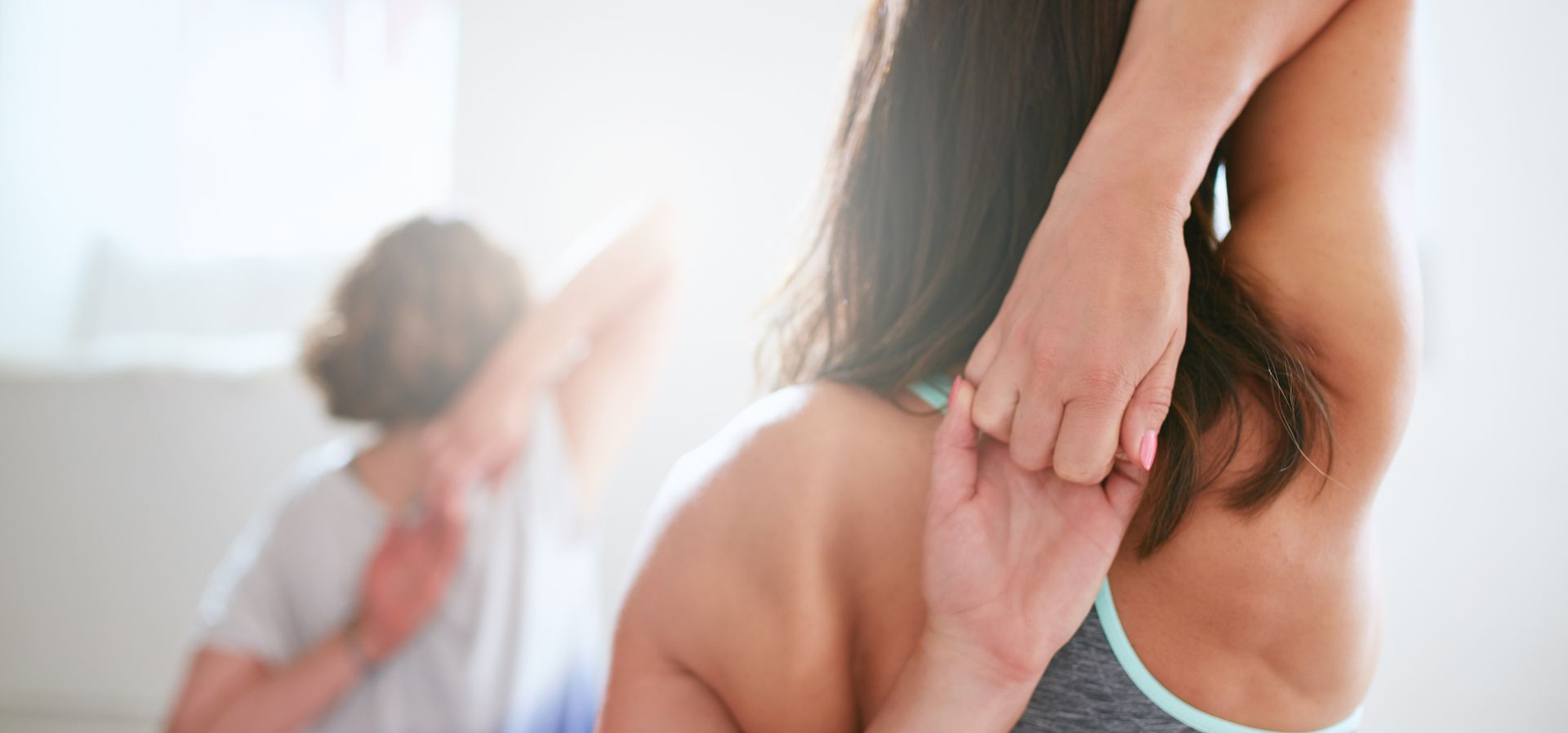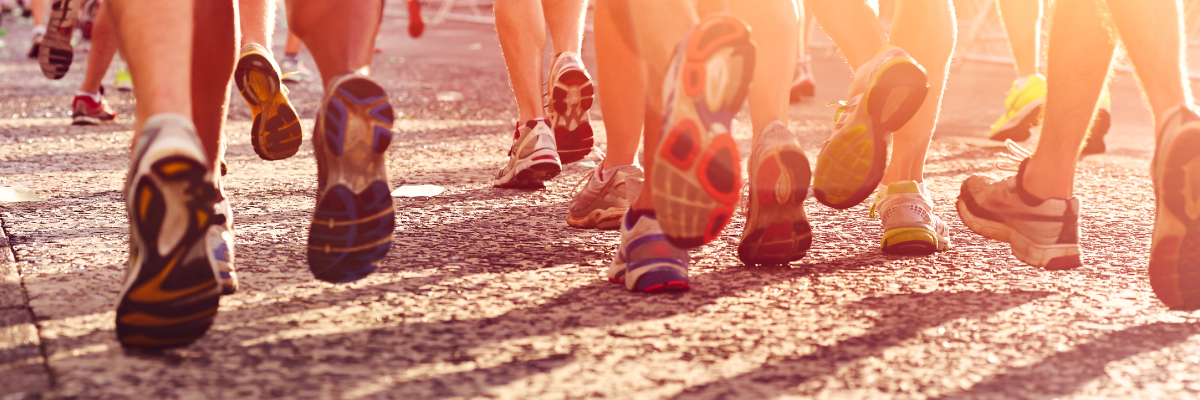10333 E. 21st N. #406 | Wichita, KS 67206 Phone: 316-630-9944
Physical Therapy for Pregnancy and Motherhood
The transition from pregnancy to motherhood can be one of the most joyous transformations in a woman’s life, but various health issues resulting from pregnancy, labor and delivery can create challenges for new mothers while caring for her baby. Pelvic pain, neck and low back pain and urinary incontinence after pregnancy puts physical limitation on new moms, some intense enough that women are unable to accomplish normal daily routines. Plus, moms tend to place the maintenance of their own health far down on the list of priorities.
Physical limitations new moms experience after labor and delivery include:
- More than 60 percent of women will have separation of their abdominal muscles, called diastasis recti, which leads to abdominal instability
- More than 50 percent of women will experience urinary incontinence
- 40 percent of women will have an episiotomy, which may cause painful scarring and weakness of pelvic floor muscles
- 25 percent will give birth via Cesarean section, which can lead to increased pain and dysfunction
- 10 percent of women will experience fecal incontinence
Physical therapy can impact women’s health and wellness after labor and delivery significantly. In Australia and in a few cities in the United States, physical therapists assess a woman within 24 hours of the delivery. A treatment program is developed immediately, which includes basic exercise. Additional physical therapy exercises begin on an out-patient basis after she leaves the hospital.
Exercise after labor and delivery leads to:
- Increased weight loss – an average of 8.6 pounds
- Improved muscle tone
- Improvement or elimination of urinary incontinence
- Increased abdominal strength, making the trunk more stable
- Reduction or elimination of low back pain
- Increased energy
- Significant decrease in anxiety, depression and mood disturbances
Why should pregnant women and new mothers have physical therapy?
Physical Therapy for the Pelvic Floor
Damage to pelvic floor muscles during delivery can cause immediate and lifelong problems for a woman, including urine leakage due to weakened and strained muscles. Painful intercourse can result from an episiotomy, and severe tearing can lead to fecal incontinence, especially if the cut is deep. If the pelvic floor never fully recovers from the stretch and strain of labor and delivery, a woman is more likely to experience urinary incontinence and a “falling” of her uterus, bladder and rectum later in life.
Exercising pelvic floor muscles helps them regain full function after labor and delivery – just like exercising leg muscles is needed to rehabilitate after a knee injury. Exercises include performing Kegels, but more than half of women perform Kegel exercises incorrectly with the most common mistake being pushing the pelvic floor down instead of pulling it in and up. Difficulty identifying the proper muscles is also an issue for many women. A Palmer Physical Therapy for Women female physical therapist can help a new mom regain full pelvic floor muscle strength and function. Physical therapy success rates for reducing or eliminating urinary incontinence, painful intercourse and overall pelvic pain are high.
Physical Therapy for Low Back Pain
Many women experience low back pain during pregnancy and after labor and delivery. Low back pain increases as a new mom begins to care for her baby from stress placed on the back through repetitive bending to lift the infant, frequent diaper changes and transporting the baby and equipment in and out of a vehicle. Breastfeeding can also cause neck and low back pain from hunching over the infant during feedings. If the pain is not addressed, women will continue to suffer from chronic pain episodes later in life.
Physical therapy can treat neck and low back pain and provide instruction for women on correct bending and lifting techniques with the baby to reduce strain on the low back. There are also positioning techniques to use while breastfeeding to avoid pain. Learning to prevent back pain will be a lifelong benefit for new moms.
Physical Therapy and Weight Management
Weight loss and management is often a concern after labor and delivery. A Palmer Physical Therapy for Women female physical therapist can help new moms create exercise programs, often incorporating the infant in the workout, to strengthen core muscles, including abdominal muscles.
A woman’s body undergoes significant changes during pregnancy and after labor and delivery. Muscles are stretched and weakened; the pelvis and its muscles are strained. Physical therapy can help new moms return to her pre-pregnancy physical state and prevent future pain and problems that may not present immediately after labor and delivery.



Proven results,
best outcomes for your money.
Palmer Physical Therapy for Women
10333 E. 21st N. #406 | Wichita, KS 67206
Phone: 316-630-9944